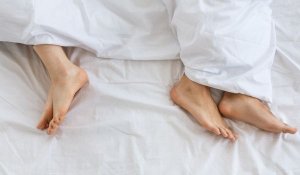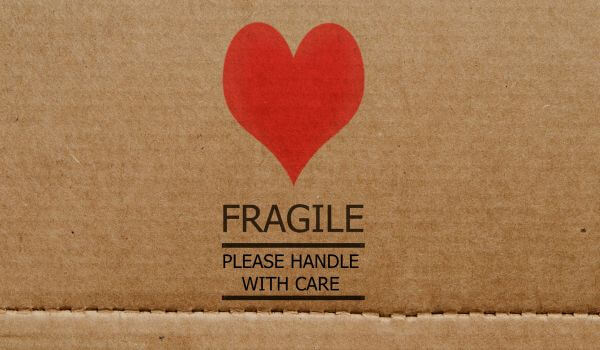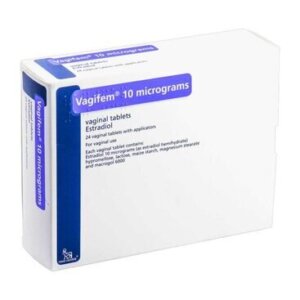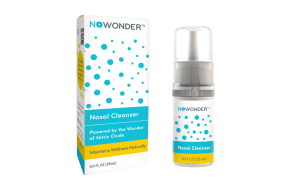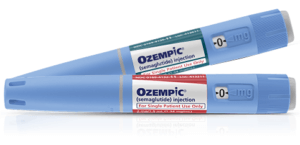The buzz around testosterone therapy for women
It’s grown to be a burning question. “Should doctors prescribe testosterone to perimenopausal and menopausal women?” This article examines the potential uses, benefits, and risks of low dose testosterone therapy for females.
Many women lose interest in sex after menopause, and it can feel confusing or even worrying when nothing seems to help. A large group of menopause experts from around the world recently came together to look closely at one option that often gets overlooked: testosterone therapy for women. Their goal was to give clear, safe, and sensible guidance so women and their doctors can make informed choices.
Their review showed something important. When used in low doses and applied through the skin, testosterone can help some postmenopausal women who struggle with very low sexual desire. Women in these studies reported feeling more interest, more arousal, and more pleasure. They also felt less distress and worry about sex. These improvements were most common in women diagnosed with a condition called hypoactive sexual desire dysfunction, which means feeling little or no desire and finding it upsetting.
The experts also stressed the need for careful monitoring. A doctor should check testosterone levels before treatment begins and again a few weeks later. Follow-up checks every few months help make sure the dose stays safe and remains within the normal range for women. If the treatment doesn’t help after about six months, it’s usually a sign to stop.
Safety is a big question for many women, and the news so far is reassuring. When used correctly, testosterone does not raise blood pressure, harm the heart, or affect the liver or kidneys. Studies show no short-term increase in breast cancer risk, though women who already have breast cancer need specialist advice. Side effects are uncommon and usually mild, such as a bit of acne or extra hair at the spot where the gel is applied.
For many women, having an approved testosterone option would make accessing care easier and more equitable. Until then, most healthcarers can still guide and support women who may benefit. This new guidance aims to help them do exactly that, so more women feel heard, supported, and able to explore treatments that might improve their sexual wellbeing.
Testosterone options
The first thing to understand is that while men and women both need testosterone for their bodies to function properly, the levels are very different, which comes from the large differences between natural male and female testosterone production by their reproductive organs from the very beginning of their lives, while still in the womb.
Two products that come from the same source recognize this fundamental difference, so they are structured according to their specific user base.
Androfeme Cream and Androforte are both manufactured by an Australian company that has spent decades designing two solutions that specifically address the differences between the requirements for proper testosterone therapy in women and men.
AndroeFeme is an easy-to-apply cream that delivers 1% testosterone in a form that is bioidentical to the testosterone produced by a healthy woman’s ovaries. The lower strength ensures that there will be a better balance between the boosted testosterone and other hormones like estrogen.
AndroForte is designed to deliver 5% testosterone to treat adult males with hypogonadism (low testosterone levels), when not enough testosterone is produced naturally by the body.
The very nature of having the hormone delivered in a gentle cream for absorption through the skin, rather than as an oral medication that has to be processed through the gut and liver, makes these two much safer than the alternative options. While there is a small risk of side effects, these are usually restricted to minor things such as irritation of the skin at the point of contact, or sensations of itching or burning for a short period while the application of the cream is stll fresh.
Fact check: What testosterone does and doesn’t do
Testosterone is one of the many sex hormones that women produce, yet it is often overlooked since it is present in far larger quantities in males, and plays a very direct role in gender differentiation in fetuses and children. As a result, it’s thought of as a “male hormone”. But in their fertile years before they enter menopause, women actually produce three times as much testosterone as estrogen. It’s just that the effects of testosterone are far more subtle than those of estrogen, which is the main driver of the monthly ovulation cycle.
In both sexes, the levels of testosterone gradually decline because of increasing age or they may be cut off abruptly following surgery, such as removal of the ovaries or testicles.
The result of low levels of testosterone is called androgen insufficiency, and for women the most commonly described symptoms of include behavioral disruptions such as:
- dysphoric mood
- unexplained fatigue
- change in levels of interest in sexual activities, coming mainly from a reduced libido
- changes in cognition.
There can also be physical signs, such as:
- Hot flashes (vasomotor symptoms)
- bone loss (osteoporosis)
- decreased muscle strength.
Most women living into menopause know that night sweats and hot flashes are a common result of the sharp decline in estrogen output, but it’s also been clinically proven that men who experience sudden drops in testosterone output also suffer from these symptoms.
A lower libido is very common in menopausal women. The National Institute for Health and Care Excellence (NICE) guidelines recommend testosterone supplementation for menopausal women with low sexual desire if they have tried standard hormone replacement therapy (HRT) and it was not effective.
“Top 10” myths about testosterone use in women
| The Myth | The Facts | |
| 1 | Testosterone is only a male hormone.
Many people think this because men have higher levels and the name sounds male-specific. |
Women make testosterone too, and it is their most abundant active sex hormone. It supports energy, mood, strength, and wellbeing. It is essential for women, not a male-only hormone. |
| 2 | Testosterone only affects sex drive.
It is often linked only with libido, so many assume that is its only role. |
Testosterone also supports mood, energy, bone and muscle health, sleep, and mental clarity. Low levels can cause fatigue, irritability, and brain fog. |
| 3 | Testosterone will make women look masculine.
This fear usually comes from seeing the effects of steroid abuse or very high hormone doses. |
Normal medical doses used for women do not cause masculinization. Mild acne or local hair growth can appear but is reversible. Masculine changes require extremely high doses. |
| 4 | Testosterone causes hoarseness or voice changes.
Some expect deeper voices because of stories about steroid use. |
There is no strong evidence that normal testosterone therapy changes the voice. Hoarseness is usually caused by allergies, reflux, infections, or vocal strain. |
| 5 | Testosterone causes hair loss.
People often link men’s hair loss with their higher testosterone levels. |
Hair loss has many causes such as genetics, stress, thyroid issues, and age. Testosterone itself is not the cause, and many women on therapy report improved hair growth. |
| 6 | Testosterone is bad for the heart.
Some believe this because men have more testosterone and higher rates of heart disease. |
Healthy testosterone levels support the heart, metabolism, and muscle strength. Low levels are actually linked with higher heart risk. |
| 7 | Testosterone harms the liver.
This comes from older high-dose oral hormones known to strain the liver. |
Modern non-oral forms such as gels, creams, and implants do not pass through the liver. They do not raise liver enzymes or increase clotting risks. |
| 8 | Testosterone causes aggression.
This myth comes from aggression linked to anabolic steroid abuse. |
Therapeutic doses of testosterone for men do not cause aggression. Studies show improved mood, with less irritability, anxiety, and tension. |
| 9 | Testosterone therapy raises breast cancer risk.
Mixed studies and fears around hormones create worry. |
Testosterone can help balance estrogen and may protect breast tissue. Research shows no increased breast cancer risk with monitored therapy. |
| 10 | Testosterone therapy isn’t proven safe for women.
The lack of female-specific products leads some to assume safety is uncertain. |
Non-oral testosterone has been used safely in women for more than 80 years. Long-term studies show no rise in major health issues when therapy is monitored. |
Frequently asked questions about testosterone therapy
What is the function of testosterone in women’s bodies?
Testosterone supports bone density, healthy muscle tone, red blood cell production, as well as deeper psychological processes that promote emotional well-being. The level of natural hormones decline steeply when a woman moves into menopause or has to undergo surgical removal of the ovaries.
Is menopause the only reason that testosterone levels fall?
There are other changes that can influence testosterone production, such as changes in the pituitary gland, adrenal disorders, use of oral hormone replacements, certain birth control pills, prolonged therapy with corticosteroids, chronic stress, poor sleep, and nutritional deficiencies.
Can a woman produce too much testosterone?
Consistently elevated testosterone may result in the condition known as Polycystic Ovary Syndrome (PCOS). Its main symptoms are persitent acne, irregular menstrual cycles, and increased hair growth.
What does low testosterone do to sexual health?
Testosterone supports a woman’s general libido, which is how she experiences sexual desire, sexual thoughts, and responds, such as with the ability to experience orgasm. When testosterone levels fall, a woman may notice reduced interest in initiating intimacy, and feel less of a “spark” when it comes to sexual encounters. These often develop slowly, and many people assume they must simply be due to the natural process of againg, for which there is no remedy. But addressing hormone imbalance can help place these shifts into context with an awareness that they can be fixed.

